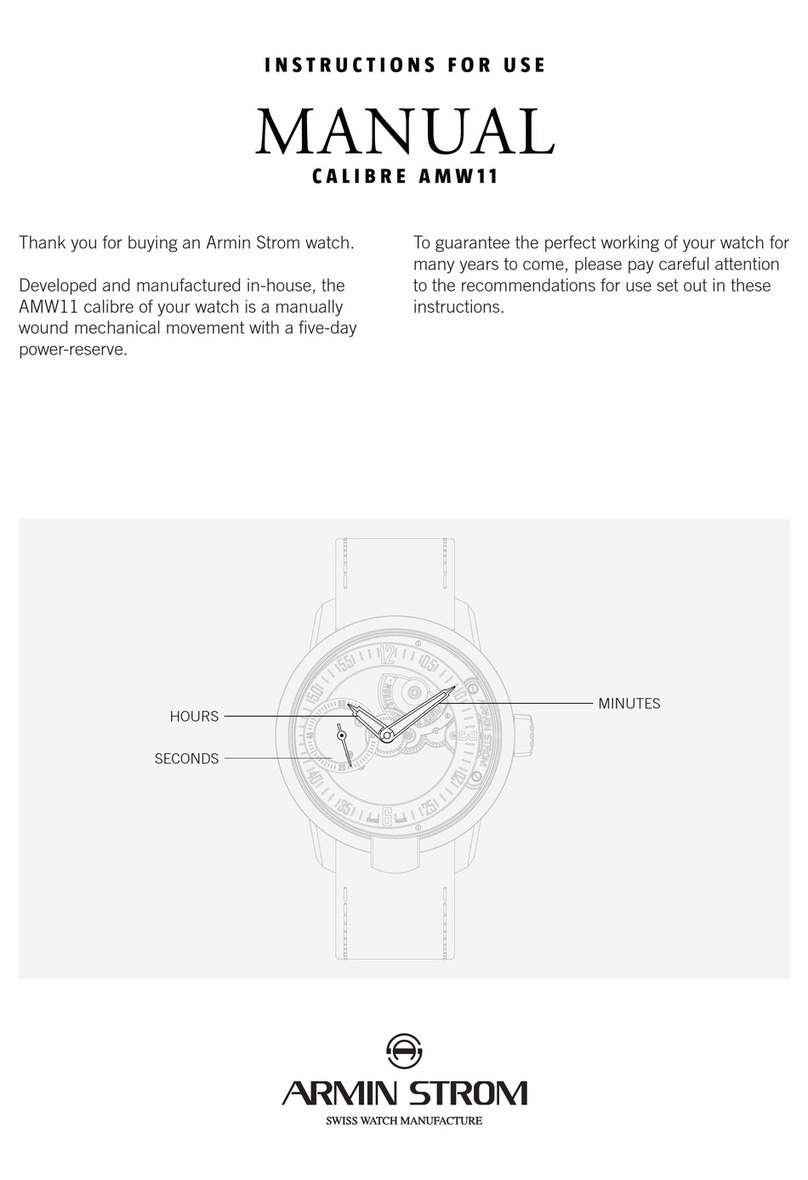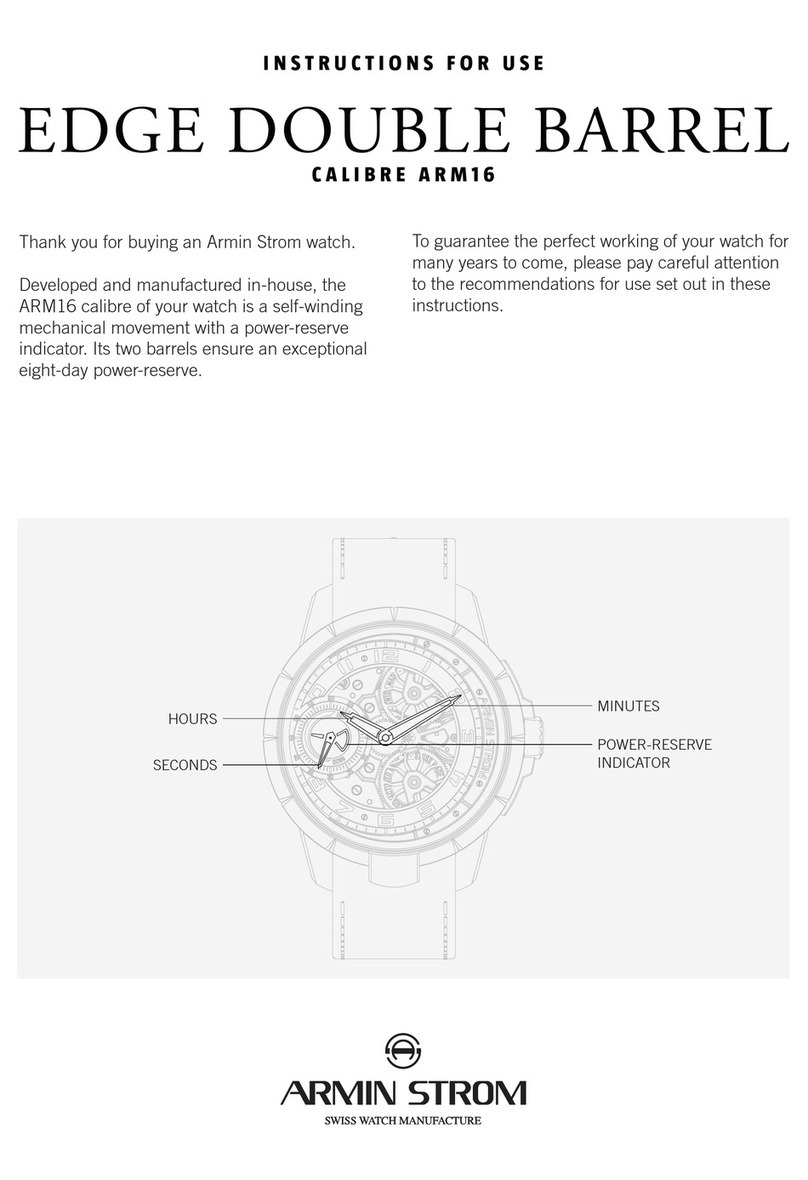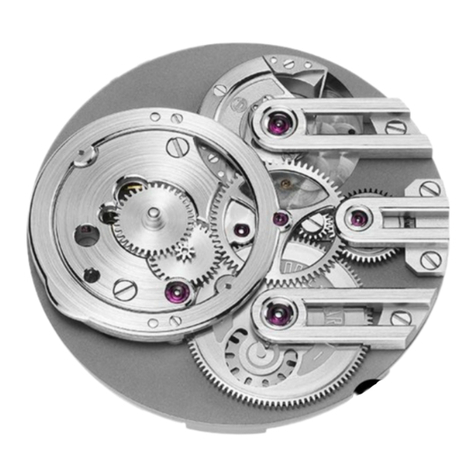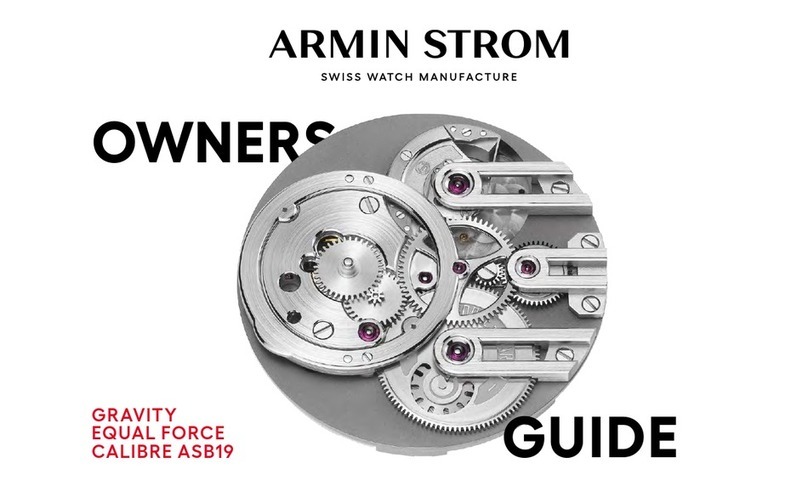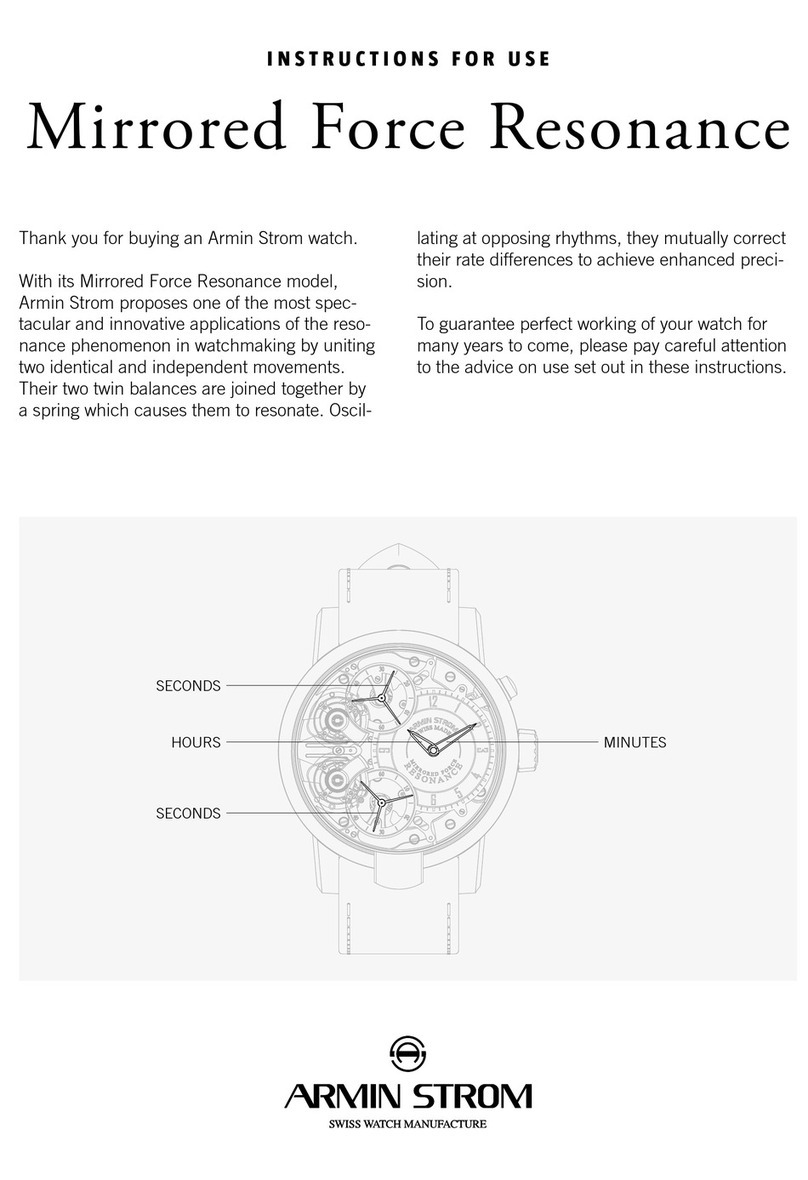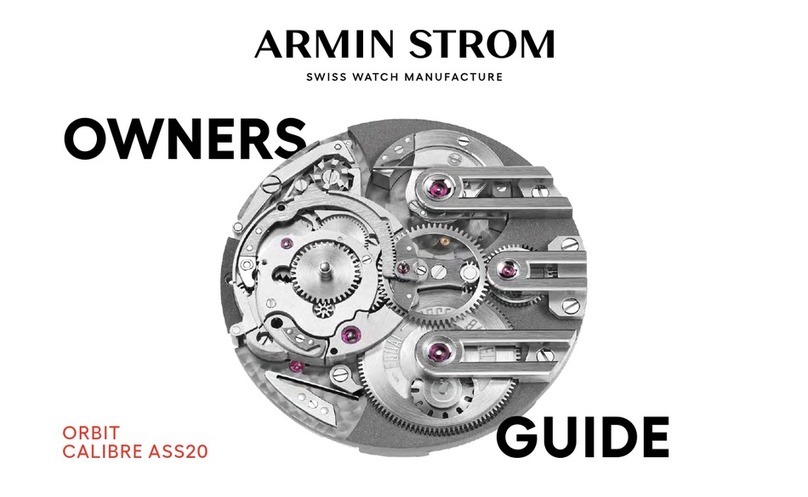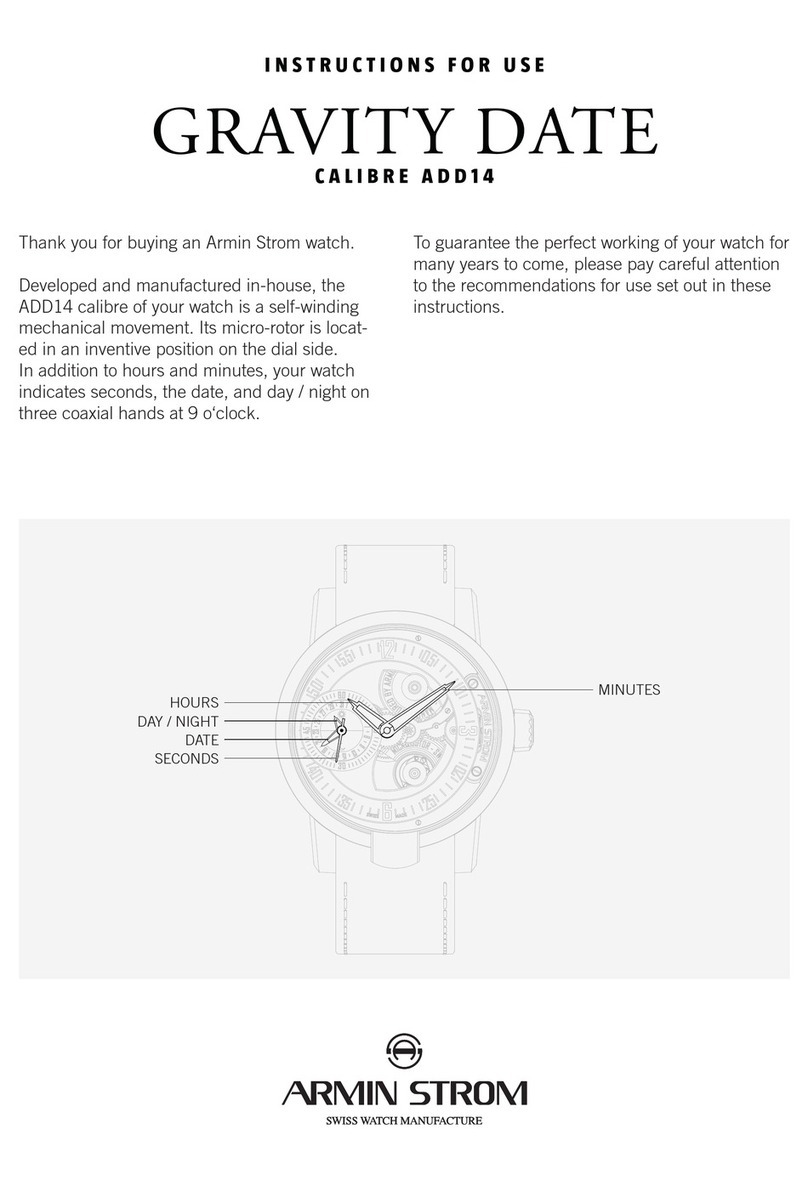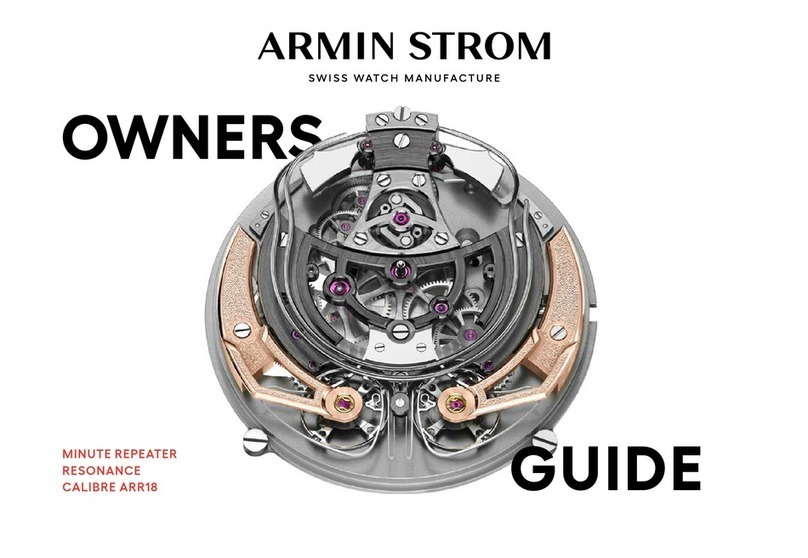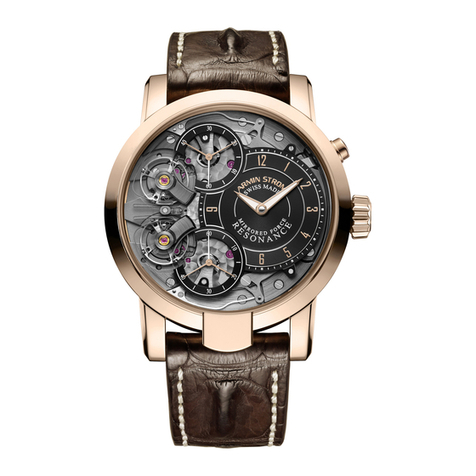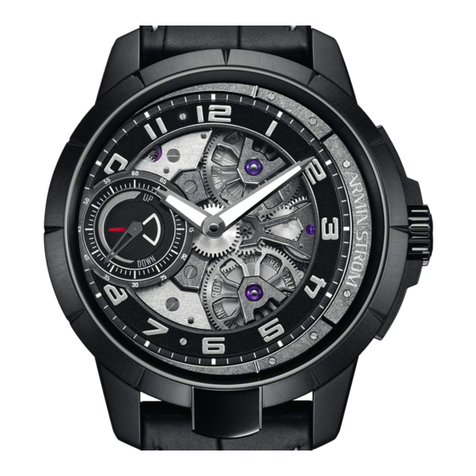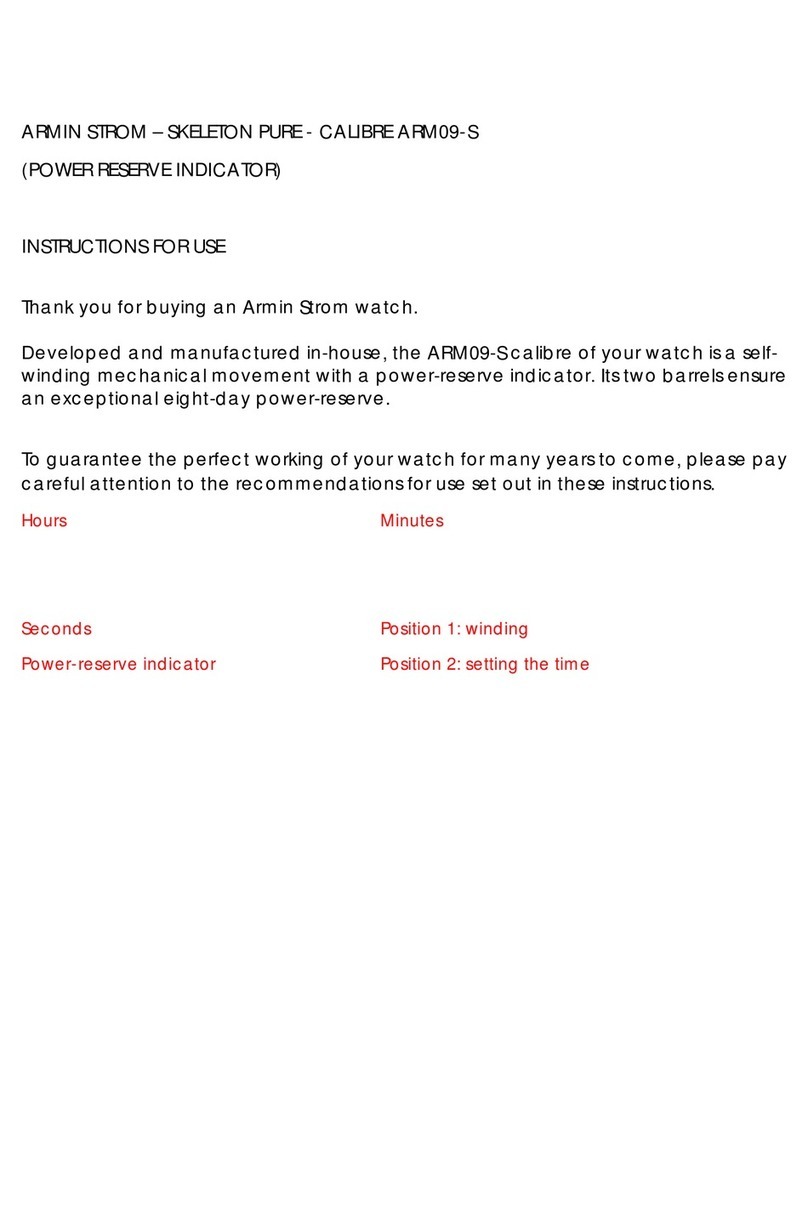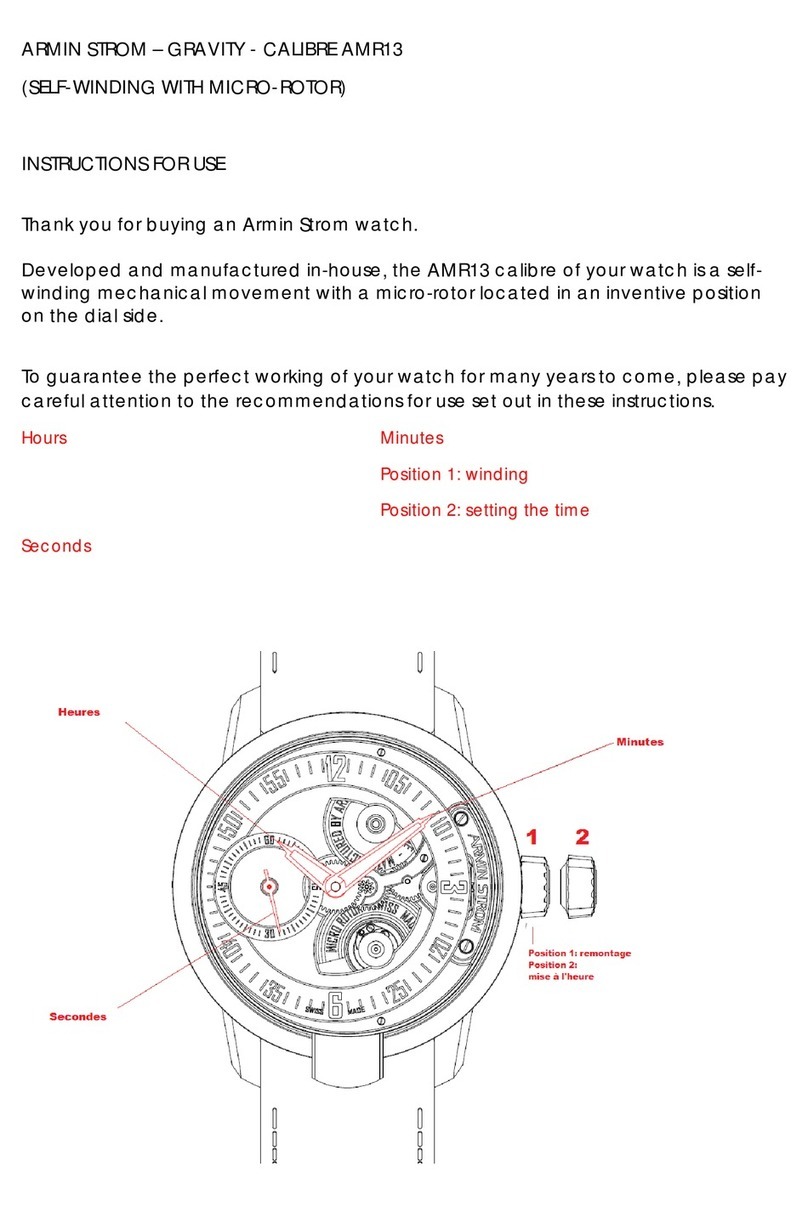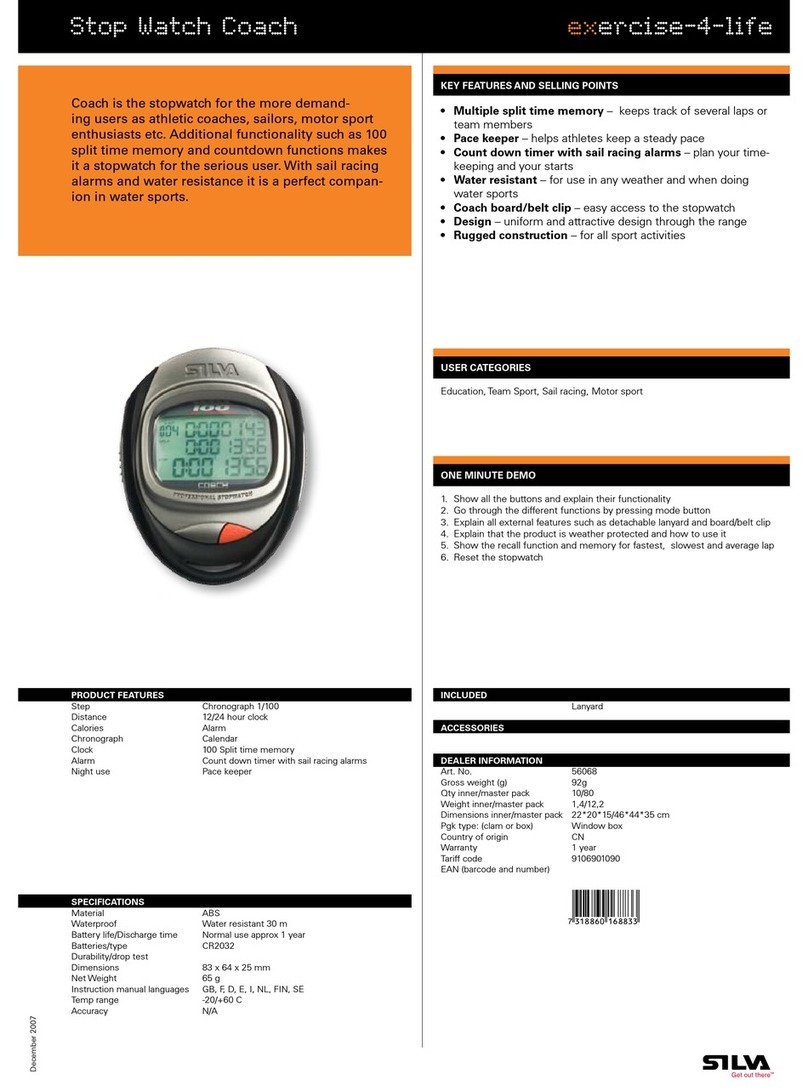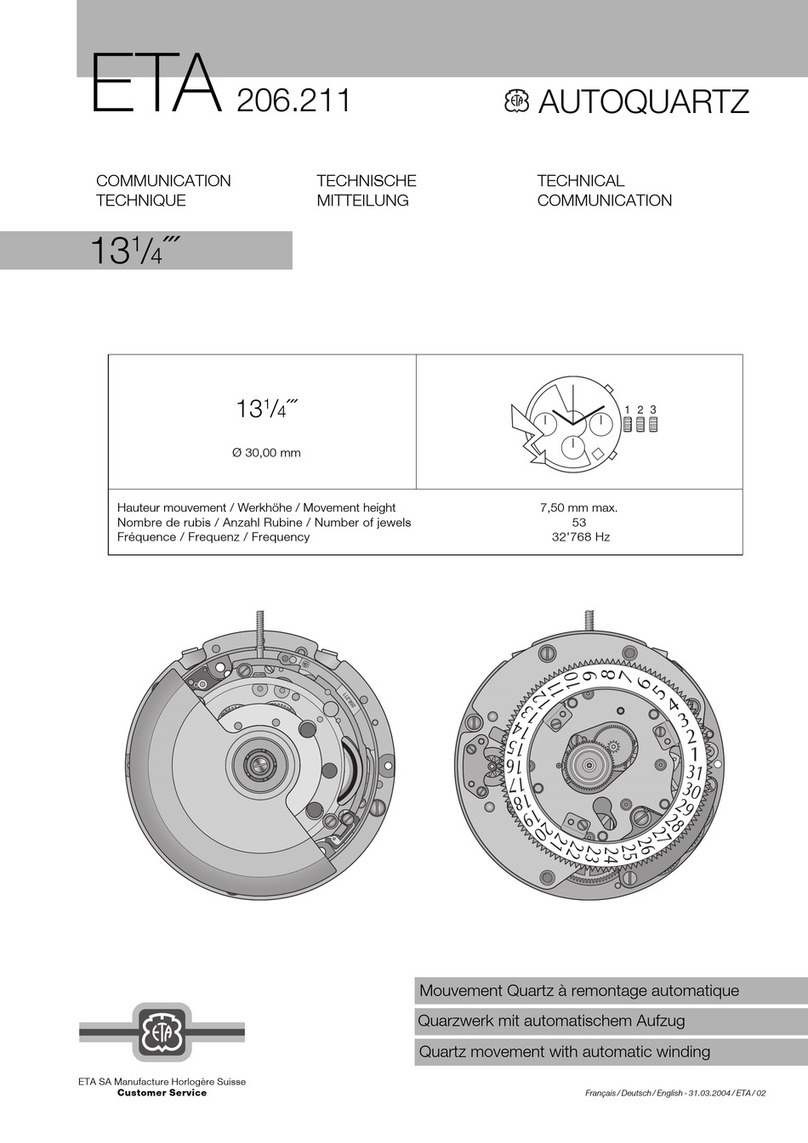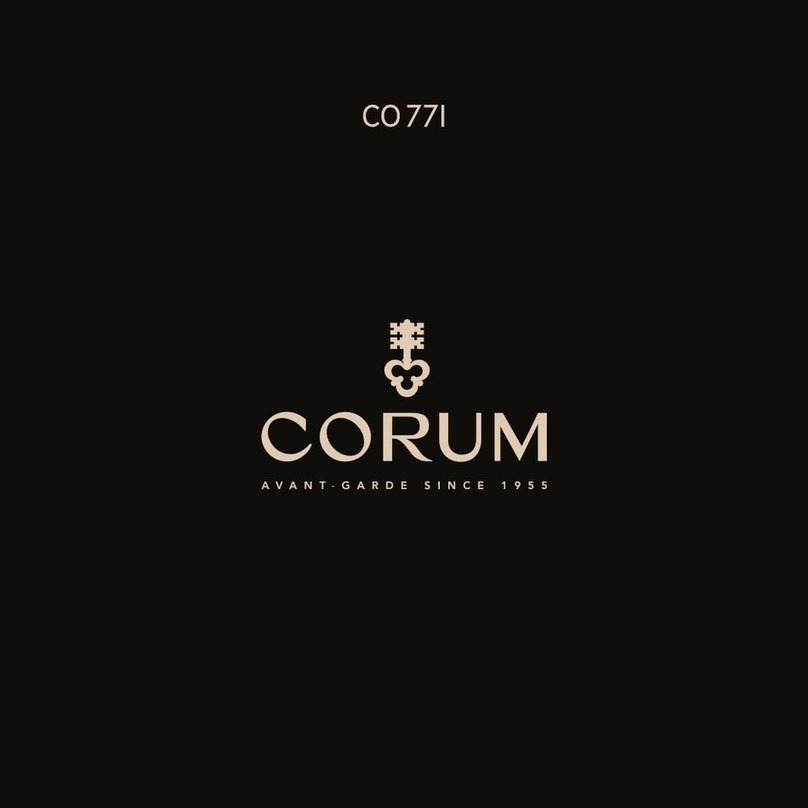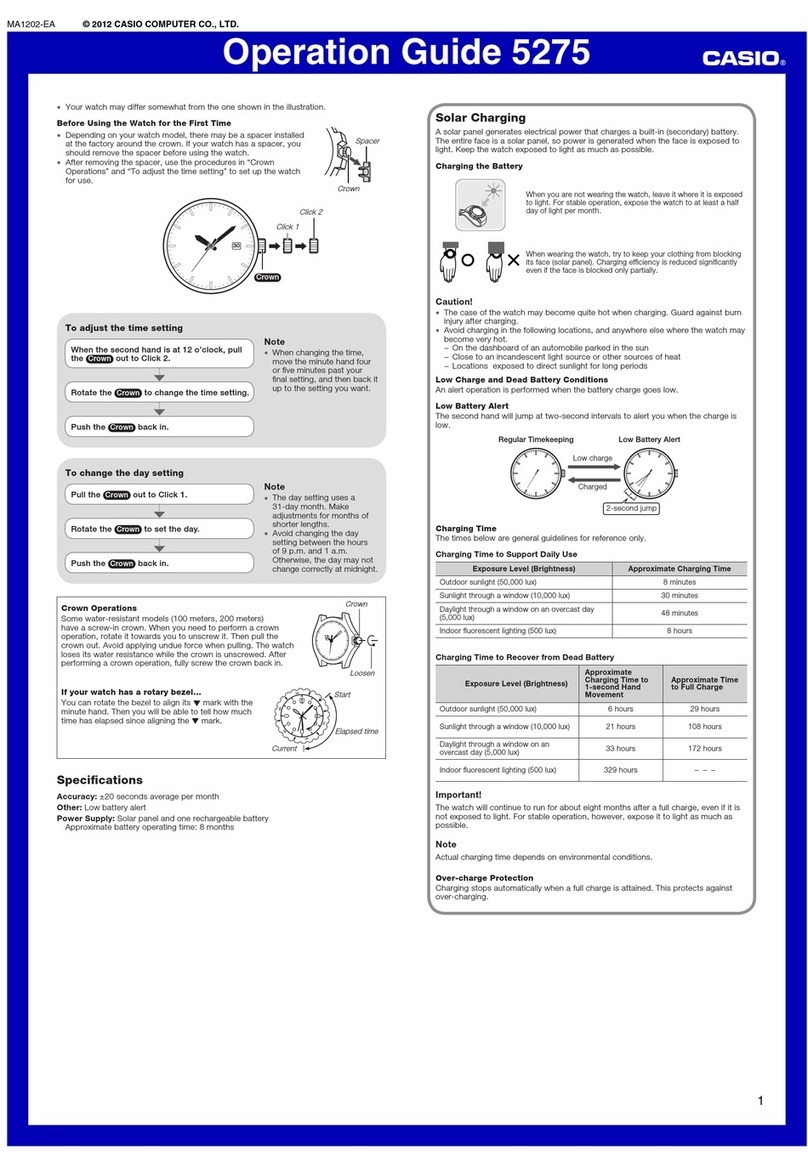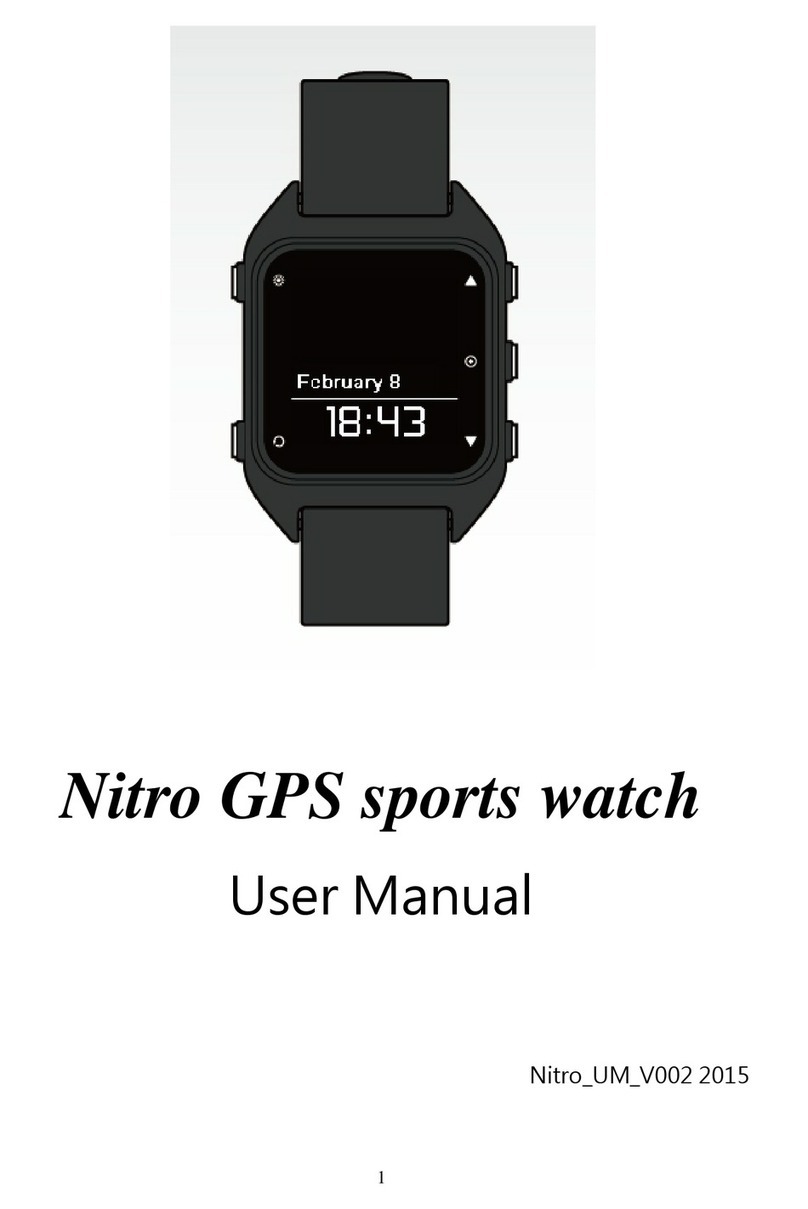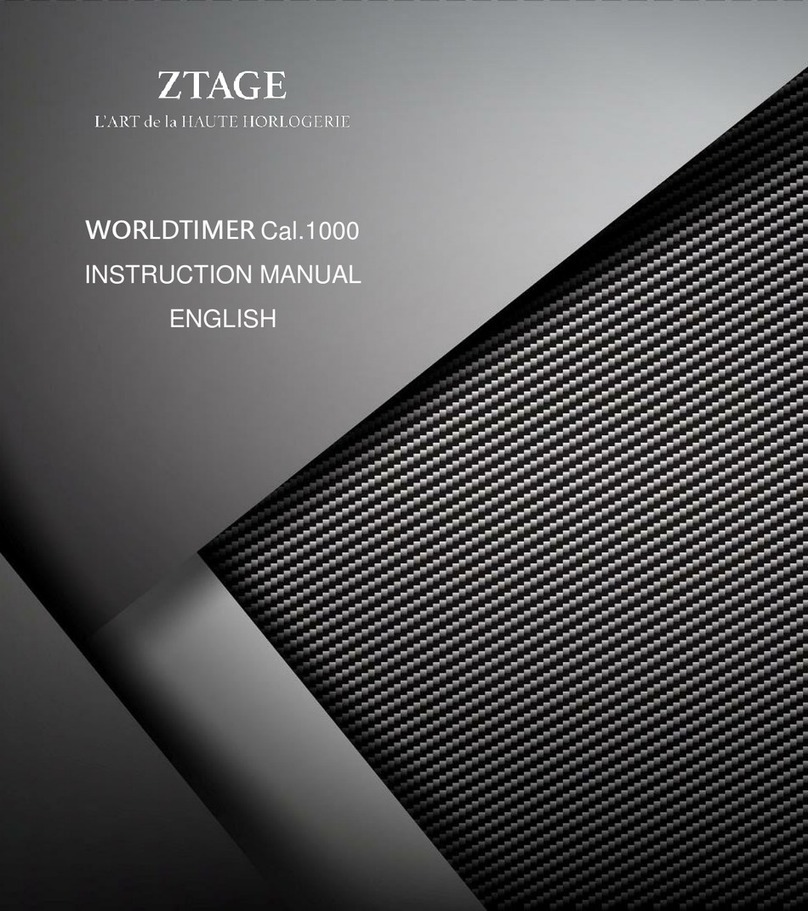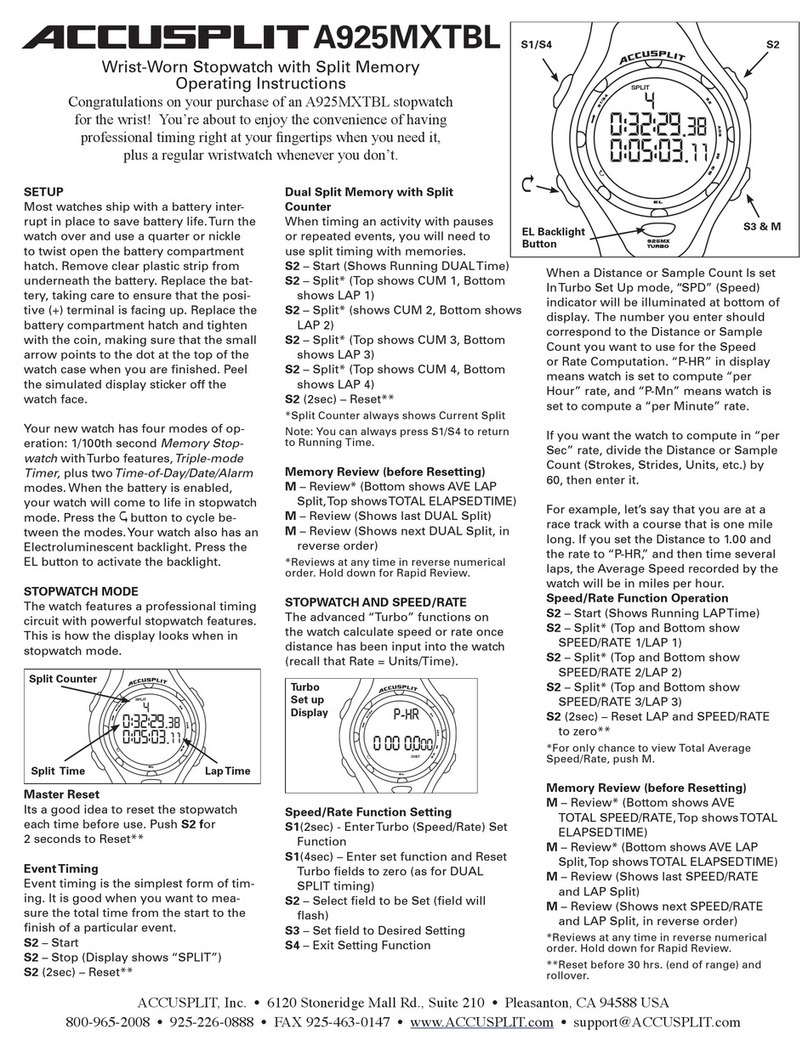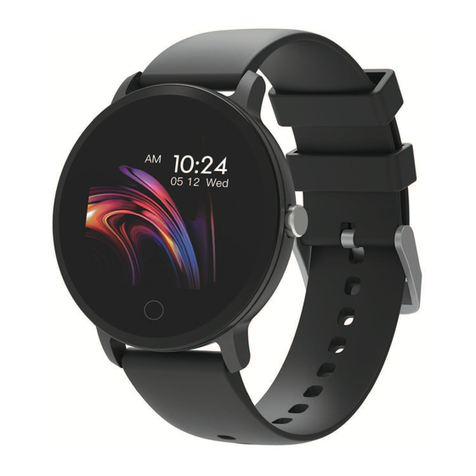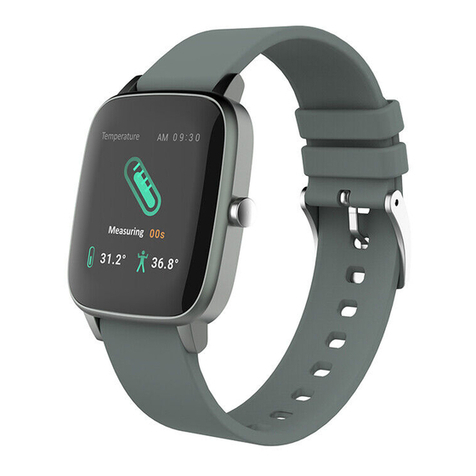
SUSTAINING A CONSISTENT RESONANCE STATE:
A SOLUTION TO THE 200-YEAR OLD PROBLEM
The pursuit of a consistent state of reso-
nance is what ultimately led Claude
Greisler to conclude that Abraham-Louis
Breguet’s approach, which achieves
resonance via precise balance-wheel
proximity, was of little actual utility in the
context of his precision-oriented horo-
logical ambitions. Greisler’s goal was
to harness the resonance phenomenon
in a wristwatch with sufficient consis-
tency to enable his wristwatch to operate
with marine chronometer precision, de-
spite the ever changing positions of the
human wrist. Marine Chronometer ac-
curacy targets consistency as its sole goal;
meaning that it must gain or lose pre-
cisely the same number of seconds every
single day without variation. Contrast
this with the variable plus/minus approach
for a standard wristwatch and the dif-
ference becomes exceedingly clear. It
would require two balance wheels to
dynamically regulate each other on a con-
sistent basis in order for Greisler’s ambi-
tion to be achieved. In the end, Greisler’s
solution would require a return to first
principles and a deep exploration of the
resonance theories of Christiaan Huy-
gens (the father of mathematical physics
and the inventor of the pendulum clock;
who had died over 50 years before Bre-
guet was even born). In keeping with his
desire to restrict his solution to the same
materials that his watchmaker-grand-
father could have used, Greisler’s deve-
loped his „Huygens Resonance Clutch
Spring“ in steel. He spent three years
perfecting its shape and characteristics:
recalculating, optimizing, simulating,
testing, retesting and achieving incremen-
tal improvements until the ‚Huygens
Clutch Spring‘ had developed into its
current form. This patented clutch spring
design maintains an optimal a state of
resonance by synchronizing two sets of
oscillators (comprising twin balance
wheels and balance springs) in what Huy-
gens described as a state of ‚odd sym-
pathy‘ (oscillating in perfect consonance
but in opposite directions, while syn-
chronized in anti-phase)

